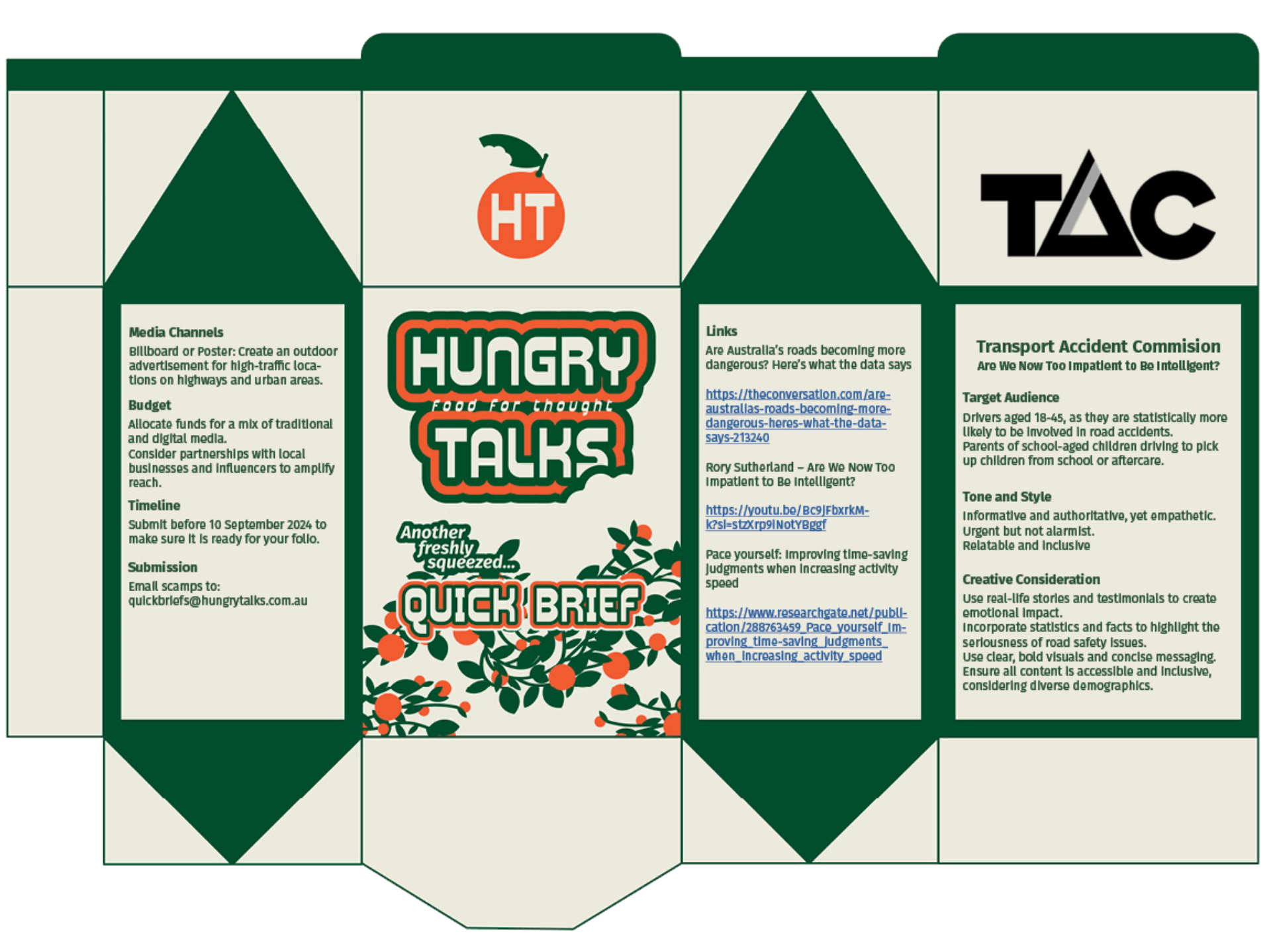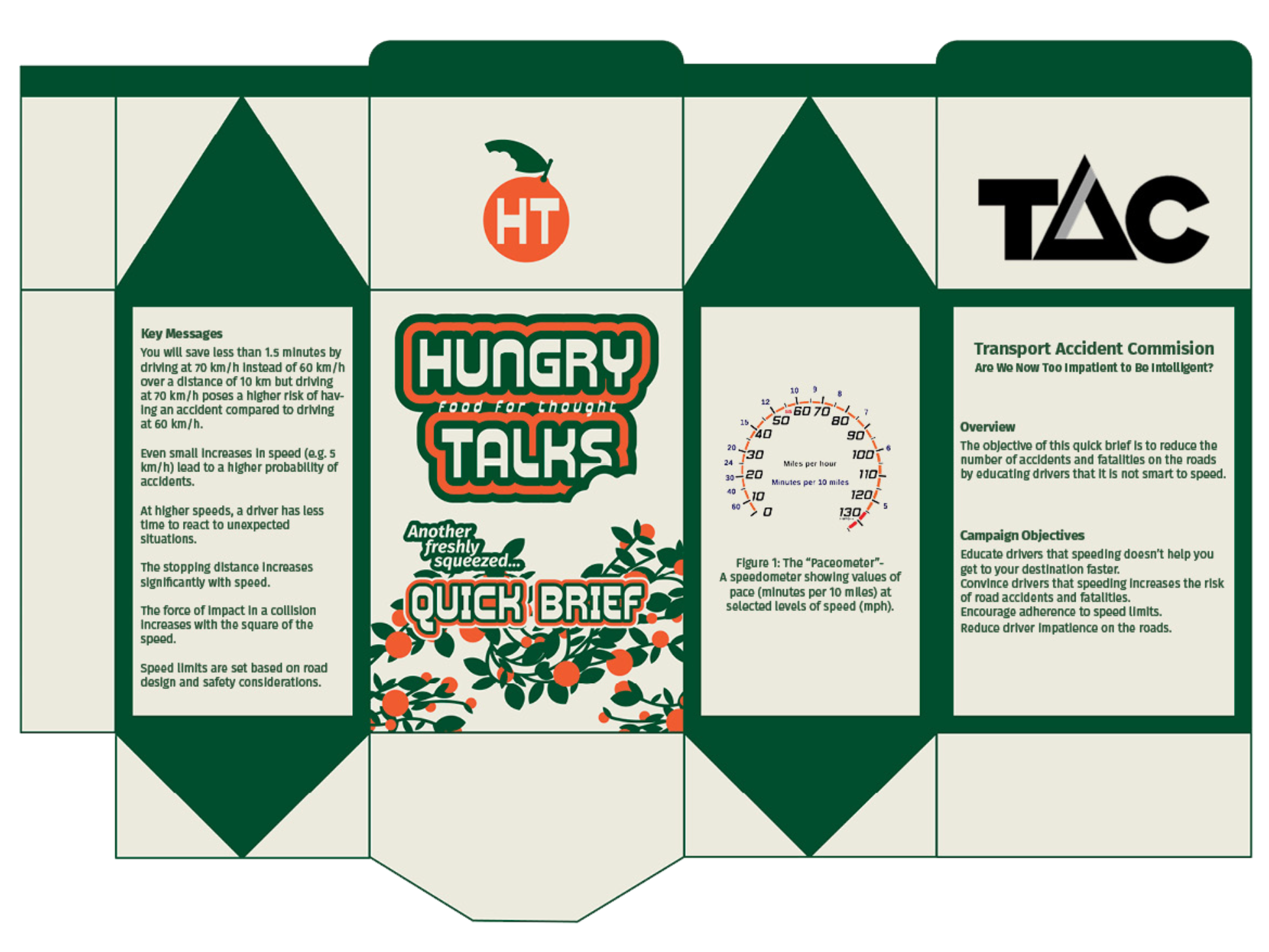RESEARCH:
Category Size and Drivers
The restoration of Eliza falls within the heritage conservation and cultural preservation sector. While specific market size data isn't provided, this category is driven by:
1. Cultural nostalgia
2. Historical preservation
3. Arts and entertainment appreciation
4. Community engagement
5. Educational value
Key Competitors
While direct competitors aren't mentioned, potential competitors for funding and attention could include:
1. Other heritage restoration projects in Melbourne
2. Cultural institutions seeking donations
3. Local arts organizations
4. Educational fundraising initiatives
Brand Personality
Eliza, the Wurlitzer organ, embodies:
- Historical significance
- Artistic innovation
- Nostalgia
- Uniqueness
- Cultural importance
Key Insight
Eliza represents a tangible link to Melbourne's rich cultural past and offers an opportunity for creative innovation in the present and future.
Target Audience Profile
Demographics:
- Age: 35-65
- Income: Middle to high
- Education: Tertiary educated
- Location: Melbourne and surrounding areas
Psychographics:
- Interested in arts and culture
- Values historical preservation
- Appreciates musical innovation
- Civic-minded and community-oriented
- Nostalgic for classic cinema experiences
Behaviours:
- Attends cultural events and performances
- Donates to arts and heritage causes
- Engages with local community initiatives
- Active on social media platforms
Target audience insights
There's a growing trend of supporting local arts and culture. Creative Partnerships Australia found that 64% of Australians made a cultural donation in 2019.
Australians are increasingly generous with charitable donations. The Giving Australia 2016 report found that 14.9 million Australian adults (80.8%) gave $12.5 billion to charities and non-profit organisations.
Australians show a strong interest in preserving cultural heritage. The Australian Bureau of Statistics reported that 82.4% of Australians aged 15 years and over attended at least one cultural venue or event in 2017-18.
SMP
Restore Eliza and breathe new life into Melbourne's cultural heartbeat.
CAMPAIGN IDEATION:
RMIT Musical Concert and Theatrical Performances Fundraiser for Eliza
Event Planning:
Concert Theme: “Eliza’s Musical Revival” features performances inspired by the Wurlitzer organ, including silent film scores, short theatrical performances, dance, and contemporary compositions.
Promotion:
- Event Posters and Flyers: Distributed across the RMIT campus, local theatres, and online platforms.
- Ticket Sales: Proceeds from the events will directly contribute to the restoration fund.
- Media Coverage: Press releases and media outreach to local news outlets, music, and theatre blogs.
Digital and Social Media Campaign
Content Strategy:
- Educational Posts: Infographics and articles about Eliza’s history and impact.
- Behind-the-scenes: Content showcasing the restoration process and preparation for the performances.
- Interactive Campaigns: Polls and quizzes about Eliza’s history and music to engage the audience.
Video and Billboard must be used as per brief*****
Video distribution:
- Social media platforms (Facebook, Instagram, LinkedIn)
- RMIT University’s website and YouTube channel
- Email newsletters to alumni and supporters
Ad Spend:
- Targeted ads on social media platforms to reach potential donors and attendees.
Email Marketing
Email Campaigns:
- Announcement Email: Introduction to the campaign and upcoming events.
- Reminder Emails: Regular updates on fundraising progress and event details.
- Thank-You Emails: Personalized messages to donors and supporters with updates on the project.
Frequency:
- Weekly updates leading up to the event and bi-weekly reminders during the campaign.
Monitoring and Evaluation
Metrics to Track:
- Fundraising Progress: Monitor donations in real-time.
- Engagement Rates: Track social media interactions, video views, and event attendance.
- Campaign Reach: Measure the impact of billboard placements and digital ads.
Matching Gift Challenge: Double the Impact for Eliza
1. Secure Matching Funds
- Identify Major Donors: Approach prominent alumni, local businesses, or philanthropic organizations that might be interested in providing a matching fund. Ideally, this should be a donor or a group willing to match a significant portion of the fundraising goal (e.g., $100,000 - $150,000).
- Negotiate Terms: Agree on the terms of the matching challenge, such as the amount to be matched, the timeframe, and any specific conditions (e.g., matching donations up to a certain amount or for a specific period).
2. Launch the Matching Gift Challenge
- Campaign Kick-off: Announce the challenge with a compelling launch event or online campaign. Highlight the matching opportunity prominently to create urgency and excitement.
- Communications Strategy: Use a multi-channel approach to spread the word:
- Email Blasts: Send targeted emails to RMIT alumni, current donors, and potential supporters announcing the matching gift challenge and its impact.
- Social Media: Create engaging content across platforms to promote the challenge, including videos, graphics, and testimonials. Use countdowns and reminders to build anticipation.
- Press Releases: Issue press releases to local media and industry outlets to garner additional attention and credibility.
3. Promote the Matching Challenge
- Engaging Storytelling: Share stories of Eliza’s historical significance and her potential future impact, emphasizing how the matching funds will amplify the campaign’s success.
- Donor Recognition: Publicly acknowledge and thank major donors who contribute to the matching challenge, both during the campaign and through follow-up communications.
- Real-Time Updates: Provide regular updates on the progress of the matching challenge, showing how much has been raised and how close you are to meeting the matching goal.
4. Host Special Events
- Exclusive Donor Events: Organise exclusive events for major donors and potential large contributors, such as private previews of the restoration process or exclusive performances featuring music inspired by Eliza.
- Virtual Webinars: Host webinars or live streams with experts discussing Eliza’s impact on cinema and music, and how the matching challenge supports the restoration effort.
5. Leverage Social Proof
- Testimonials and Endorsements: Feature testimonials from notable figures, alumni, and community leaders endorsing the matching gift challenge and encouraging others to contribute.
- Donor Spotlights: Highlight individual donors and their contributions during the campaign to inspire others to give and participate.
6. Follow Up and Acknowledge
- Post-Campaign Recognition: After the challenge ends, publicly recognise and thank all donors who contributed. Share the results of the matching gift challenge and the total amount raised.
- Impact Reporting: Provide donors with updates on how their contributions are being used, including progress on Eliza’s restoration and the future of her role in The Capitol Theatre.
More strategy:
- Create a Sense of Urgency: Emphasise that the matching funds are only available for a limited time to encourage immediate action.
- Utilise a Countdown: Include a real-time countdown on the donation page to visually represent the time left in the matching challenge.
- Offer Matching Tiers: Consider having multiple matching tiers (e.g., $10,000, $25,000) to appeal to different levels of donors and increase the overall challenge pool.
By leveraging a Matching Gift Challenge, you can effectively double the impact of donations, create a sense of urgency, and boost overall fundraising efforts for restoring Eliza the Wurlitzer organ.
Influencers to use:
David Stratton
Nick Cave


